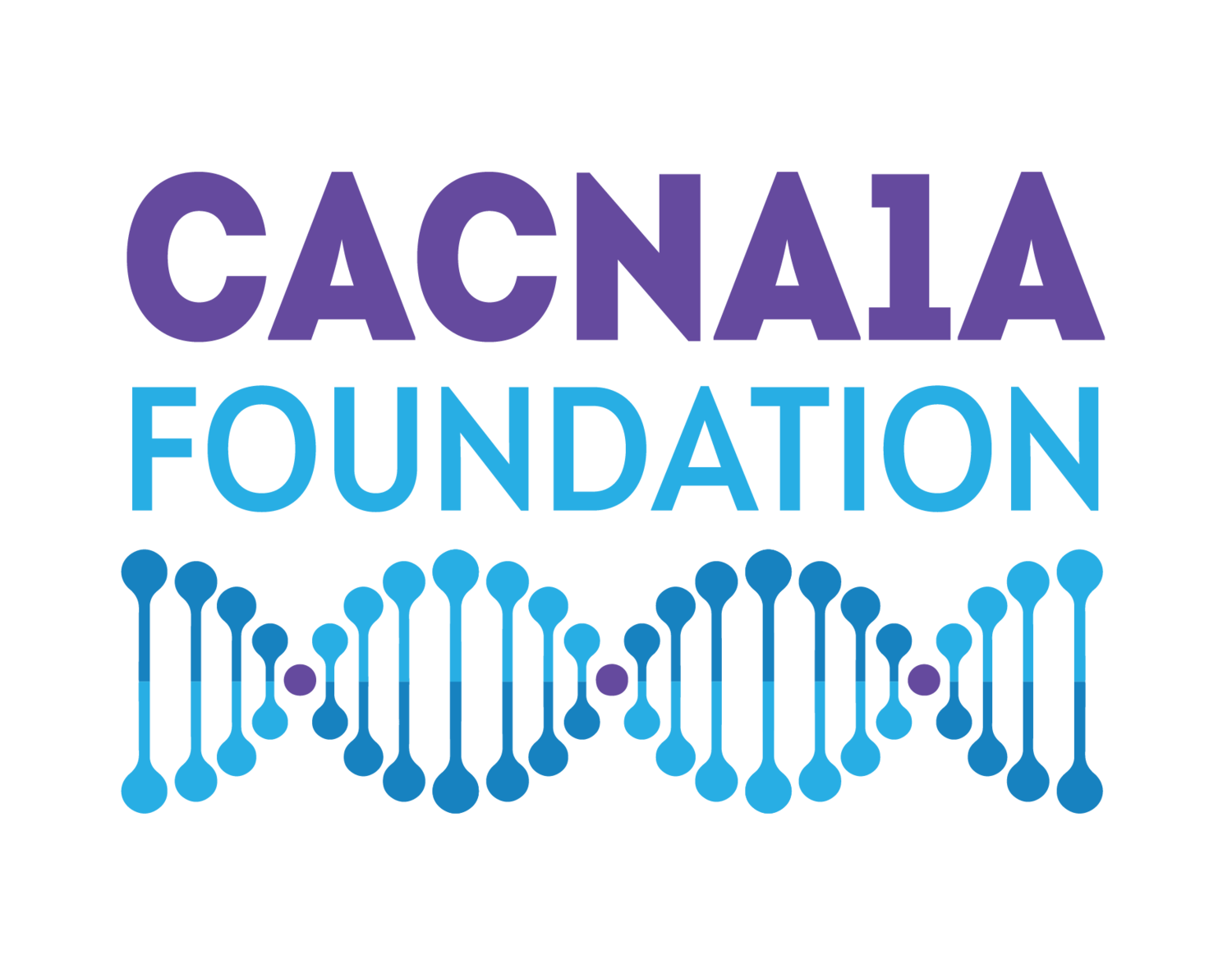Mom on a mission
Donna Schaare, mom to CACNA1A champion Jon, took matters into her own hands once she realized he had a CACNA1A pathogenic variant. She writes, “As I watched my son struggle and realized how little was known about CACNA1A-related disorders, including hemiplegic migraine and how to manage it, I began to contemplate returning to school to become more knowledgeable to help him. This was before the CACNA1A Foundation was established when we felt alone and overwhelmed. However, shortly after I was accepted into the Healthcare Genetics PhD Program at Clemson University, the CACNA1A Foundation was founded. It became an unbelievable resource and “family” for all those touched by CACNA1A genetic alterations.
I chose a genetics program in the newfound promise of “gene therapy” as an endgame for rare disease. However, I learned that CACNA1A genetic alterations lead to multiple disorders that present in various ways, which needed an enhanced and clarified description in the literature long before any “cure” could be manifested. With that aim, I chose three research projects for my dissertation. Attached is the final project that was only possible through the assistance of the Foundation, especially Shanna Tolbert, who helped spread the word about the importance of getting involved through research. “Living with” CACNA1A-related Hemiplegic Migraine, a disease concept model was designed to go beyond what had already been captured in clinics by asking caregivers about the impacts of the disorder in the lives of everyone affected, which includes not only patients but families as well.
So, I want to send a heartfelt thank you to this community and all who participated. You are the heroes. Hopefully, what we learned will push us closer to a “cure.”
Donna’s paper, published on November 1, 2024, is a testament to her hard work. Her research details a disease concept model for CACNA1A-related hemiplegic migraine (HM). Researchers conducted semi-structured interviews with caregivers of HM patients to identify symptoms, their impacts on patients and caregivers, and challenges in managing the condition. The study revealed underreported symptoms and significant caregiver burdens, especially regarding the urgency of treatment and lack of provider knowledge. Findings highlight the need for improved patient management strategies, such as transition plans for adolescents and written emergency protocols. The study also notes limitations related to sample size and potential caregiver bias.
LEARN MORE:
Paper: Living with” CACNA1A-related hemiplegic migraine, a disease concept model. Front. Neurol. 15:1460187.
Authors: Donna Schaare, Kendra Allison, Kara Skorge, Pangkong Fox, Laina Lusk, Sara M. Sarasua, Ingo Helbig, Luigi Boccuto
Date Published: November 1, 2024
Key Findings: This study explores the lived experiences of caregivers of individuals with CACNA1A-related Hemiplegic Migraine (HM) using a Disease Concept Model (DCM). Key findings reveal:
Broader Symptomatology: The study identifies a wider range of symptoms associated with CACNA1A-related HM than previously reported in the literature. Alongside established symptoms like seizures and hemiplegia, caregivers reported under-recognized symptoms like apneic episodes, difficulty eating, and vascular access challenges.
"We found a serious symptom during HM events, apneic episodes or breathing difficulties (32 references across 61.5% of interviews), that may have been underreported in the literature."
Significant Impacts on Individuals and Caregivers: HM episodes have devastating impacts, often requiring individuals to re-learn basic skills and sometimes leading to permanent cognitive and physical regression.
“He has declined, he has lost skills, he has lost abilities. … right now, he does not have a quality of life.”
Caregivers experience significant emotional strain, including anxiety, stress, fear, and burden, particularly related to the unpredictable nature of the episodes and concerns about appropriate and timely treatment.
“There is a lot of fear… when might the next one come. Will we be able to get the treatments… in the time… to protect her brain from the permanent damage?”
Age-Dependent Caregiver Impacts: While lack of information about CACNA1A among healthcare providers was a common challenge across all age groups, specific concerns varied:
Childhood (1-11 years): Emphasis on the urgency of appropriate treatment and the need for formal support systems like written emergency protocols.
Adolescence (12-17 years): Increased anxiety and stress about the evolving nature of the disorder and fear of the medical unknown.
Adulthood (18+ years): Challenges with transitioning from pediatric to adult care, encountering healthcare providers unfamiliar with CACNA1A-related HM, and a renewed need for advocacy.
"For caregivers of adults, knowledge of how to care for CACNA1A and the misdiagnosis of HM events were overrepresented references. Also stressed in this group was advocacy due to the caregivers’ belief that transitioning from pediatric to adult medicine was like resetting care to start anew."
Need for Improved Management Strategies: The study identifies two key opportunities for improving the management of CACNA1A-related HM:
Transition Plans for Adolescents: Facilitating a smoother transition to adult care by educating adult practitioners and connecting them with knowledgeable pediatric specialists.
Written Emergency Protocols: Equipping caregivers with a document to guide emergency medical care, ensuring prompt and appropriate treatment, and fostering shared decision-making with healthcare providers.
"76.9% of caregivers reported positive responses to emergency protocols signed by neurologists, removing the burden of advocating for appropriate, timely treatments."
Limitations:
The study participants were recruited through the CACNA1A Foundation, potentially representing a more severe patient population.
Data relies solely on caregiver perspectives due to communication challenges within the patient population.
Limited geographical representation, with all participants residing in North America.
Conclusion: This DCM provides valuable insights into the lived experiences of individuals with CACNA1A-related HM and their caregivers. It highlights the need for improved awareness, management strategies, and support systems. The findings advocate for implementing emergency protocols and better transition plans to ensure optimal care and improve the quality of life for those affected by this rare and challenging disorder.
